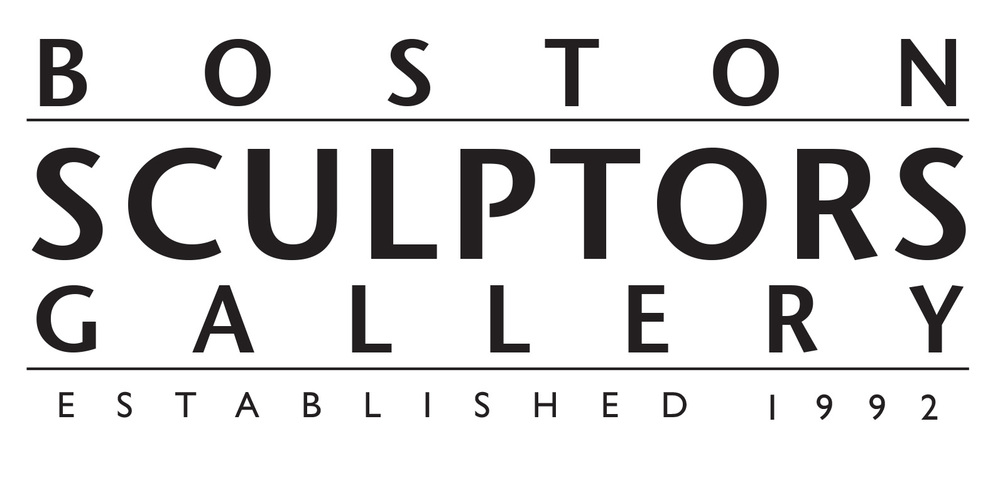Lesson Plan for “Breath and Matter” Exhibit at the Boston Sculptors Gallery
Based on “Breath and Matter,” a collaborative exhibit between poets and sculptors at the Boston Sculptors Gallery, 486 Harrison Avenue, Boston, www.bostonsculptors.com. The exhibit runs from July 18, 2018—August 12, 2018. If you are unable to take your students to view the exhibit, you can download the following link to access paired images and poems from the show. Link Here. Tell your students that “Breath and Matter” is an exhibit in which sculptors and poets respond to each other’s work.
1. Ask: Which word, breath or matter, refers to poetry and which to sculpture? Ask students which form, poetry or sculpture, has these characteristics: you can walk around me (sculpture); you can memorize me and take me with you (poetry); you can touch me (sculpture, if allowed); I make patterns using repetition (poetry and sculpture); I change the experience of the surrounding environment (sculpture); I have spaces in and around me for air (poetry and sculpture).
2. Project an image of one of the sculptures from the exhibit. (If you prefer to begin with a poem, project one of the poems from the show). Ask your students to write down what they notice about the sculpture. If they need suggestions, introduce the words color, texture, shape, size. (If you use a poem first, ask students to read it silently, then to write down words, phrases and images they notice.) Have students work in small groups to discuss what the sculpture makes them think about and how it makes them feel. Suggest they write several words, phrases, or images that come to mind when they look at the sculpture.
3. Next, project the poem that has been paired with that sculpture. Ask students to read the poem silently, then have two students take turns reading the poem aloud. (If you used the poem first, use the question in step two.) Have students in their groups write down any words or phrases in the poem that remind them of the sculpture. If they need help, choose a line or phrase from the poem and ask: In what way is this line or phrase expressed in the sculpture (through color, texture, shape, size, etc.)?
4. Hold a whole-class discussion. Ask: How does the poem help you see the sculpture in a new or different way? How does the sculpture help you understand the poem in a new or different way?
5. Extend the lesson: Have students collaborate with students in an art class. Help them form poet-artist pairs to work together to respond to each other’s work.
